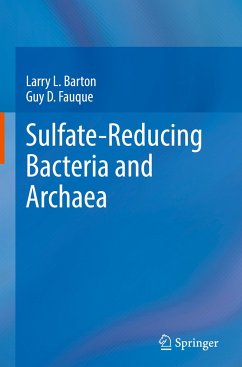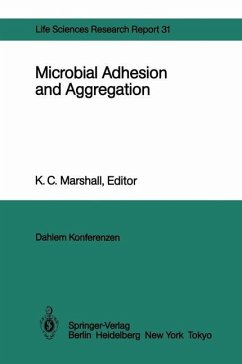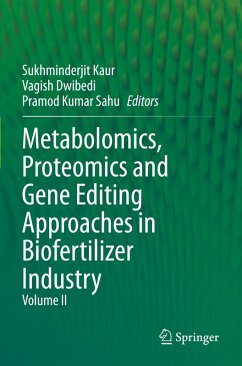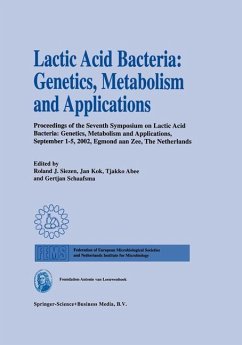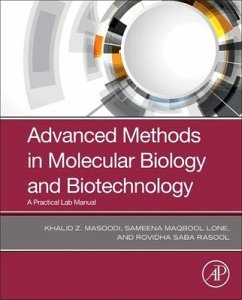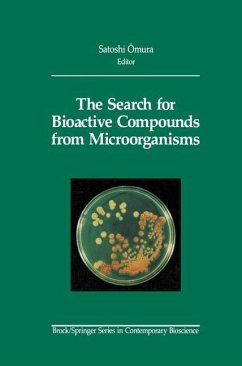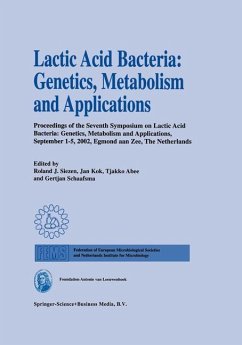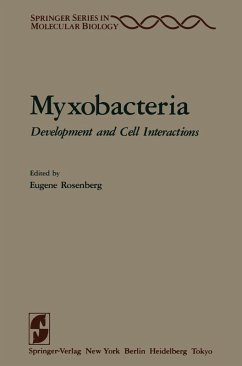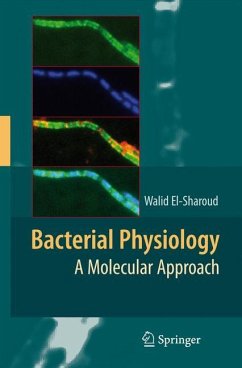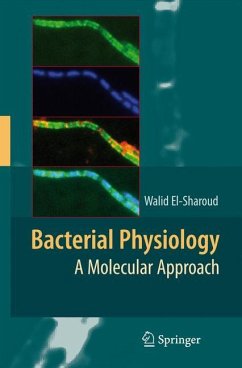
The Sulfate-Reducing Bacteria: Contemporary Perspectives
Versandkostenfrei!
Versandfertig in 1-2 Wochen
77,99 €
inkl. MwSt.

PAYBACK Punkte
39 °P sammeln!
Sulfate-reducing bacteria comprise a diverse and ecologically interactive group of anaerobic prokaryotes which share an extraordinary trait: growth by sulfate respiration with hydrogen sulfide as a major end-product. Sulfate-reducers are found in diverse environments ranging from estuaries to geological oil-bearing formations. They have attracted considerable scientific and commercial interest. These organisms have been actively investigated by researchers in microbial energetics, protein chemistry, ecology and more recently molecular biology. This interest has increased greatly over the past ...
Sulfate-reducing bacteria comprise a diverse and ecologically interactive group of anaerobic prokaryotes which share an extraordinary trait: growth by sulfate respiration with hydrogen sulfide as a major end-product. Sulfate-reducers are found in diverse environments ranging from estuaries to geological oil-bearing formations. They have attracted considerable scientific and commercial interest. These organisms have been actively investigated by researchers in microbial energetics, protein chemistry, ecology and more recently molecular biology. This interest has increased greatly over the past decade, and this volume presents the first book-length summary of our knowledge of sulfate-reducing bacteria in nearly 10 years. Featuring an introduction by the eminent microbiologist John Postgate and comprehensive reviews from recognized authorities, this book will be of interest to microbiologists with interests in physiology, evolution, and ecology.





